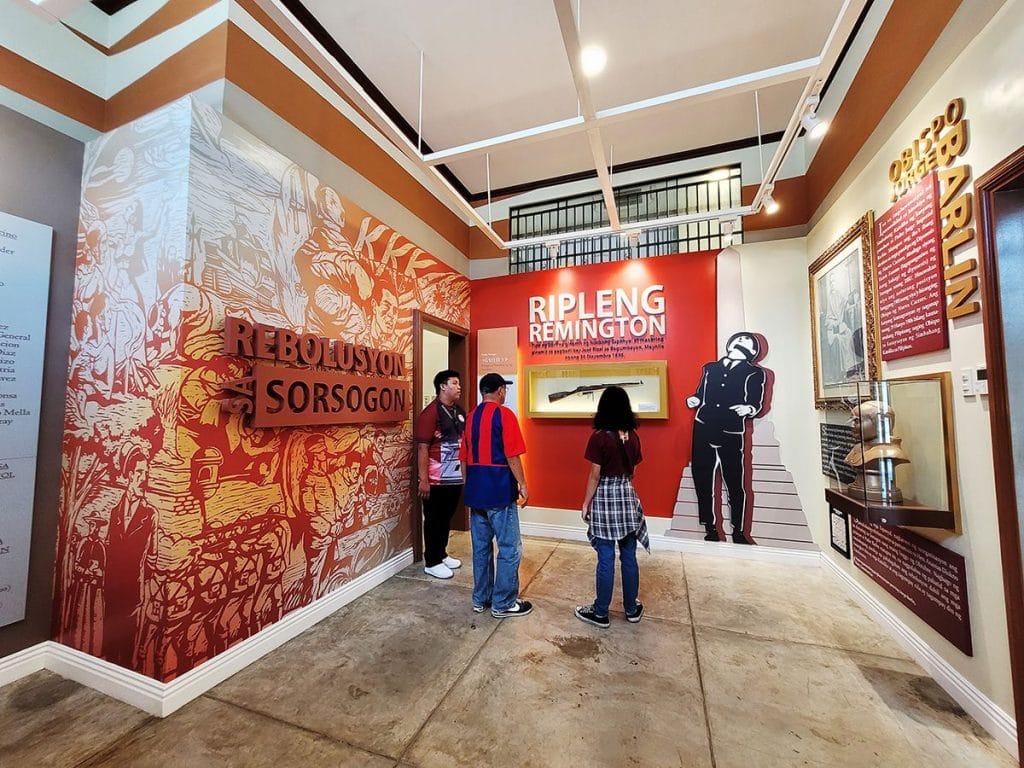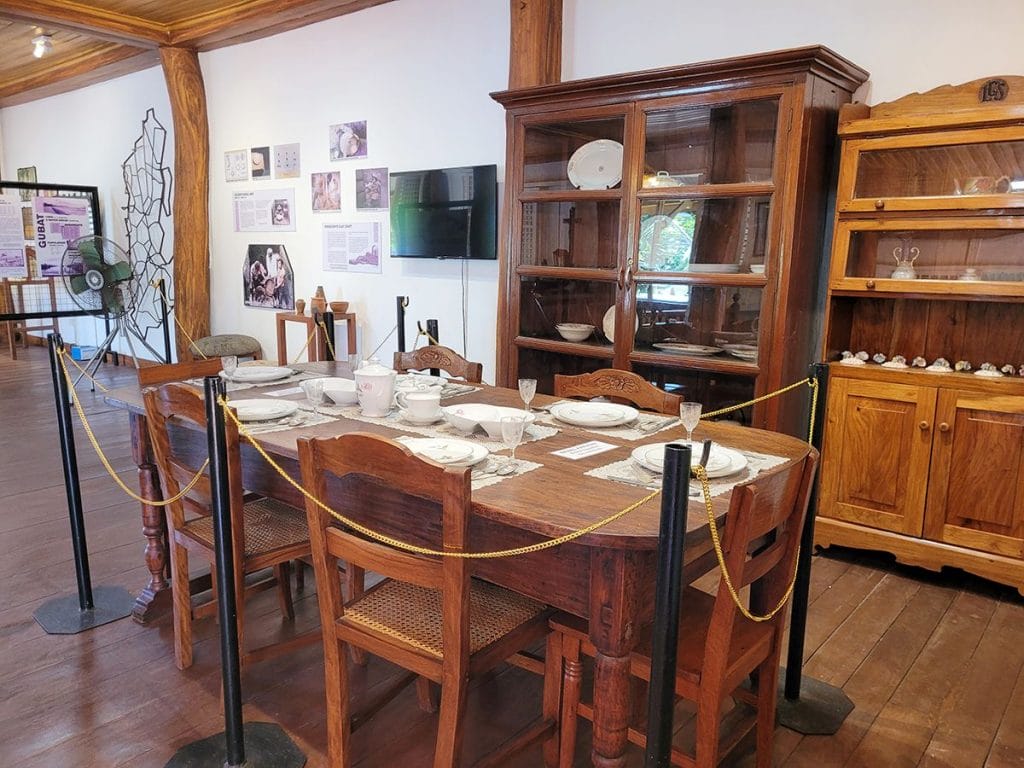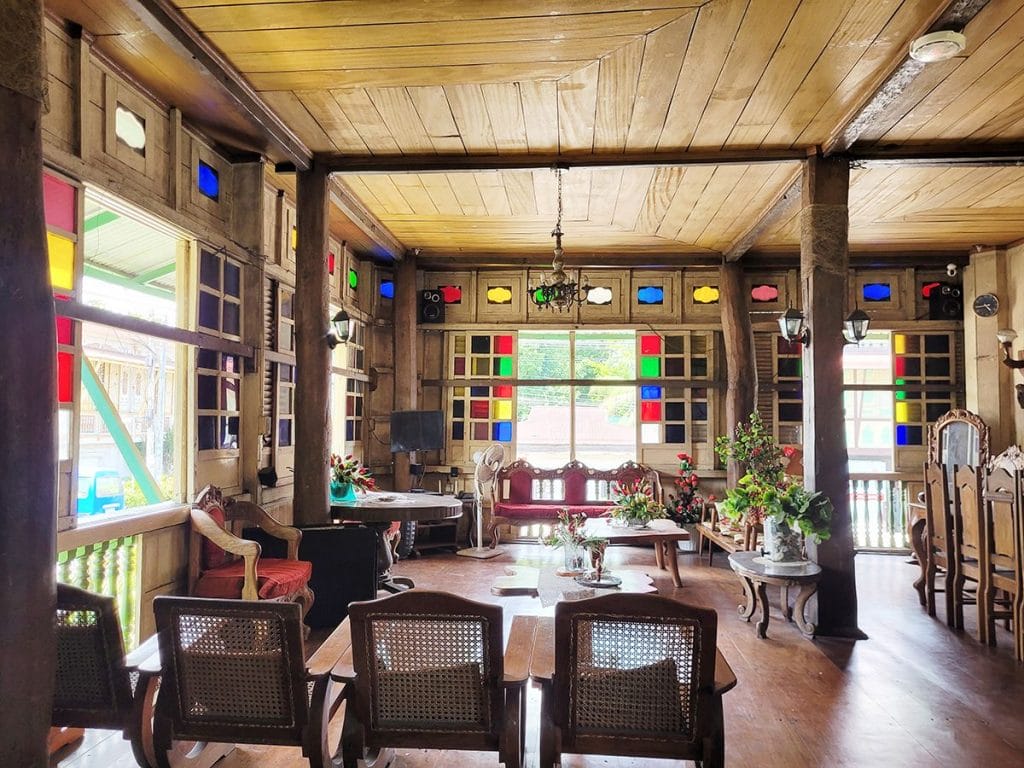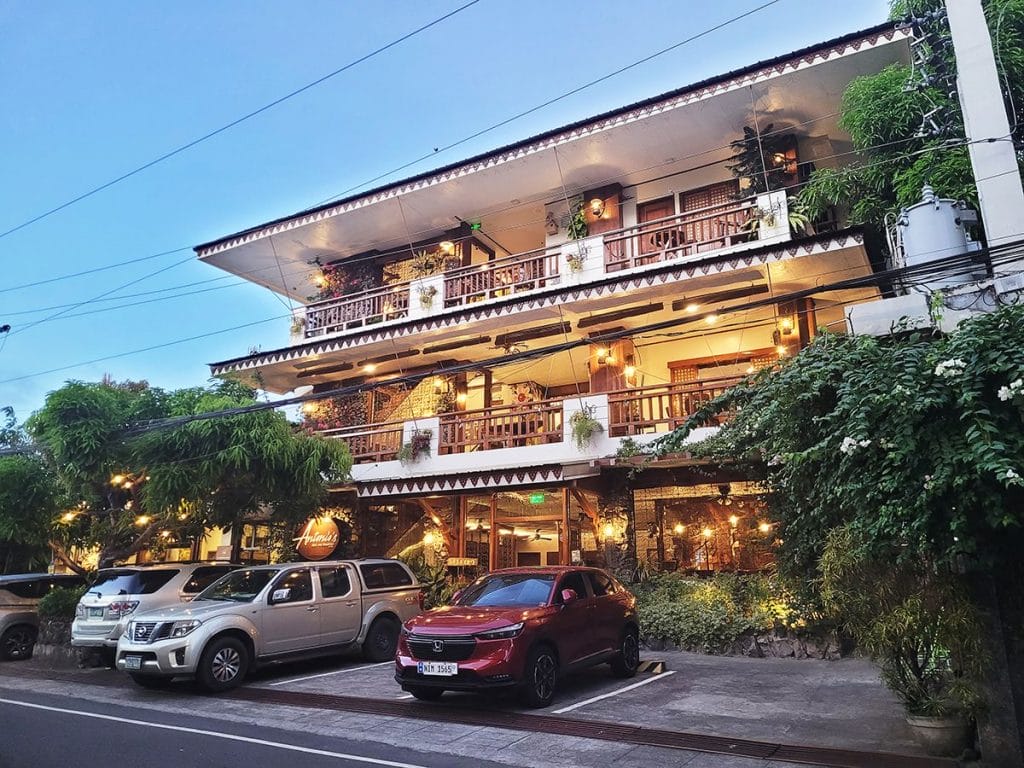With news reports of heritage structures being quietly demolished around the country to make way for high-rise condominiums, commercial developments, or road-widening projects, it’s refreshing to visit places where heritage buildings are preserved and maintained.
During a recent family road trip around Sorsogon province, I marveled at how some of the province’s old buildings and structures seem to have found a new lease on life. From lifestyle museums to lodging houses, it’s notable how several old buildings and ancestral homes are being adaptively reused for modern times.
While property development is an important aspect of progress, modernization doesn’t always have to involve the demolition of old structures and natural surroundings to construct something completely new and modern.
Historic buildings and ancestral homes can be retrofitted for contemporary needs while adding to the unique charm of a place as a tourism destination. Adaptive reuse can also preserve a place’s cultural identity while minimizing the developer’s environmental impact, reducing the demand for new materials, and lowering carbon footprint emissions from production and transportation.
By maintaining old structures, we’re preserving a sense of history and culture, and giving more people the opportunity to explore and learn from the past.
Museo Sorsogon
Museo Sorsogon, a two-story history museum housed in the Old Provincial Jail, is a great example of adaptive reuse. The former American-era jail which was originally built in 1916, operated as a prison up until 2018 and opened to the public in March 2021.

Old prison cells were transformed into 10 galleries housing Sorsogon’s historical and cultural artifacts. Exhibits curated by the National Historical Commission of the Philippines (NHCP) display the province’s history and important events, prominent historical figures, and modern industries they’re known for including pili products, coconuts, and abaca.
While the structure and walls of this jail-turned-museum have been given a fresh coat of paint, the main foundation and many elements from the jail were retained, from the original floor tiles, concrete scuffed stairways, heavily barred prison doors, and window grills, so visitors can still imagine how it used to look like as a prison.
A former isolation chamber displays a glass shelf of old weapons. Original artwork found within the walls has also been preserved and restored. This includes a large mural of the Lady of Justice on the second floor (formerly the jail’s Courthouse) and artwork by the Sputnik gang, former inmates at the detention facility.
Museo Sorsogon, Old Provincial Jail Building, Capitol Compound, Sorsogon City, Sorsogon. Entrance fee is P20 per person. Open from Tuesdays to Sundays 8:30 am to 4:30 pm. Closed on Mondays.
Gubat Heritage Center
In the small town of Gubat, a 30-minute drive from Sorsogon City, we chanced upon the Gubat Heritage Center, a local lifestyle museum set within an ancestral house built in 1918. The house was previously known as Casa Escurel-Sabater and served as the former residence of Gubat’s Gobernadorcillo during the Spanish colonization. After being donated by descendants of the original owners to the local government and undergoing restoration, it was opened to the public in June 2021.

The two-story house now serves as a multi-purpose center composed of a museum, tourism office, and arts and cultural activity center. The ground floor serves as an exhibit space with a colorful mural made by budding local artists depicting a folk tale of the Legend of Ginubat, and an open theater in the garden. The second floor contains exhibits showcasing the history of Gubat, cultural artifacts, unique industries (such as abaca and shoemaking), and town trivia.
Gubat Heritage Center. Quezon St. corner Diaz St., Gubat, Sorsogon. Admission is free. Open from Mondays to Fridays from 9:00 am to 4:00 pm.
Ancestral houses in Juban
Along the National Highway in Juban, we spotted at least four well-preserved bahay na bato (stone houses) which were once the residences of the town’s richest families. The Spanish-style wooden houses with capiz shell sliding windows were brightly painted in shades of green, yellow and purple, easily standing out from the rest of the houses along the road.

While at least two houses are closed for residential or private use, one large house hosts a few small shops and stores on the ground floor, while another serves as a quaint bed-and-breakfast. Casa Feliz, originally built in 1898, has been repurposed as a lodging house and function space. The house has at least 8 rooms offering a budget-friendly option for travelers on long road trips down south. It also serves as a space for events, workshops, family gatherings, and can be booked for vintage photo shoots such as prenuptial pictorials and would be a great location for period or historical films or shows.
Breakfast is served in a tree-shaded garden space on the grounds. Those looking for coffee, light snacks and local delicacies can also visit Mr. Pol Bread and Butter Cafe, a rustic cafe beside one of the ancestral houses off the main road.
Casa Feliz, Pan-Philippine Highway cor. L. Grajo St., Juban, Sorsogon. Aircon rooms start at P1,200 a night while fan rooms cost P200 a night. For inquiries, contact 0919-9912297.
Antonio’s Bed & Breakfast Hotel
While in Sorsogon City, we stayed two nights in Antonio’s Bed and Breakfast Hotel, a vintage-themed lodging house that takes inspiration from an old family house from the 1970s that once stood on its grounds.

While the structure of the hotel is new, you can see the influences from the old house, photos of which are prominently displayed in the hallways. Owners had to rebuild the foundation to make it three stories instead of two, put in modern plumbing and electricity and turn the space into hotel rooms. However, they saved as many materials and furniture from the old house and used them in the hotel in creative ways.
Ornate window grills now serve as dividers and decorative details, wooden banisters from the house’s stairs and old doorknobs serve as towel racks, flat irons have been repurposed as planters and lamps, while the wood from the old house was reused as benches in the lobby and even hotel room keychains. Original cabinets, tables, furniture, and vintage appliances such as a box-type TV set from the old house are used in different rooms and the lobby.
The house feels old and homey, yet still fresh and contemporary, with the use of live plants and whimsical nature-inspired murals on corner walls adding a modern touch. All rooms come with a flat-screen TV, air conditioning, and a private bathroom with complimentary toiletries. Free WiFi and private parking are available to visitors.
Antonio’s Bed and Breakfast Hotel, Calle Nueva St. Brgy. Polvorista, Sorsogon City, Sorsogon. Rooms start at P2,700 a night (for 2 pax) with complimentary Filipino breakfast, served à la carte, daily. 12-hour rates are also available. Book stays via https://antonios-bed-and-breakfast-hotel.mydirectstay.com/.
* * *
For more travel stories, visit the author’s blog at www.traveling-up.com.
